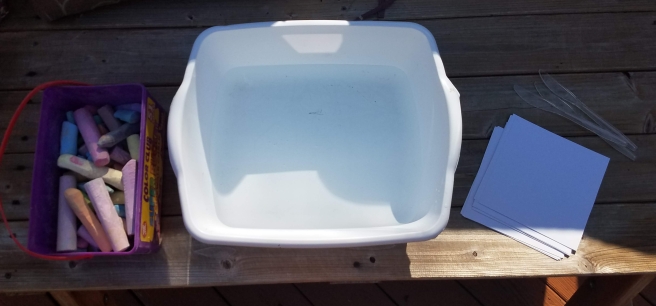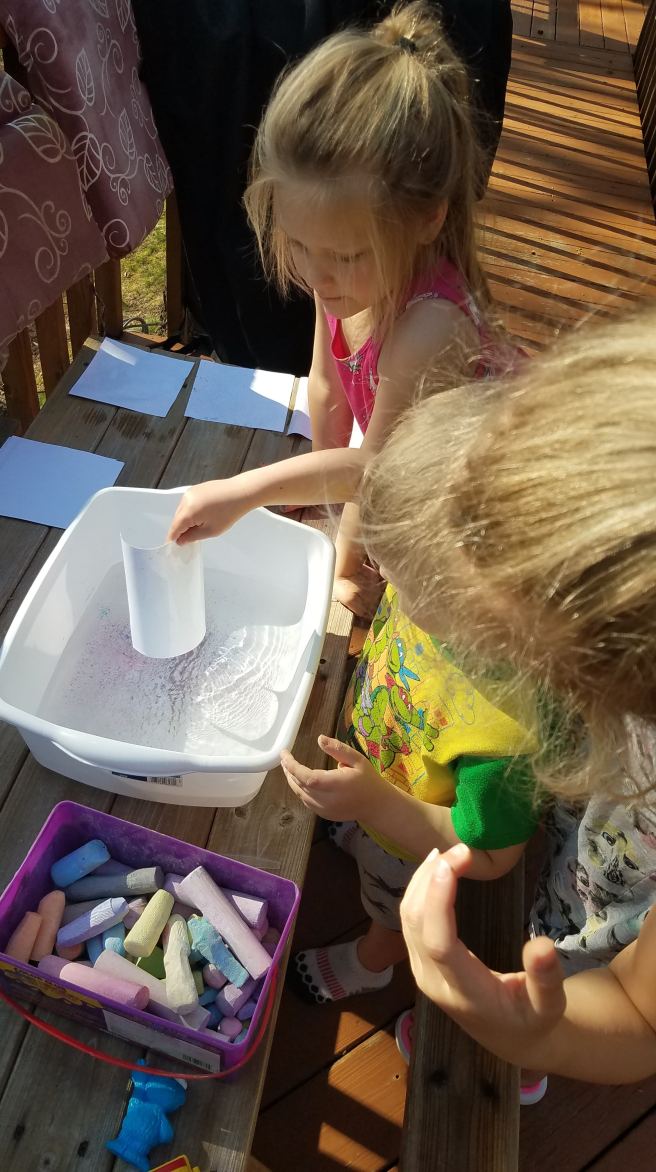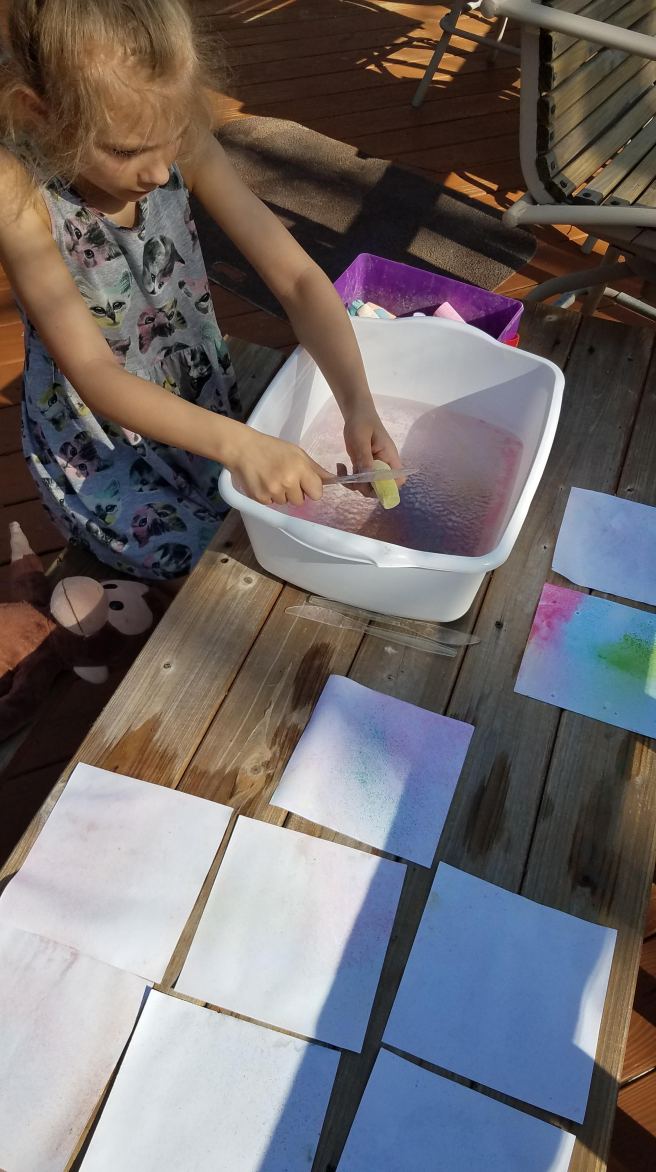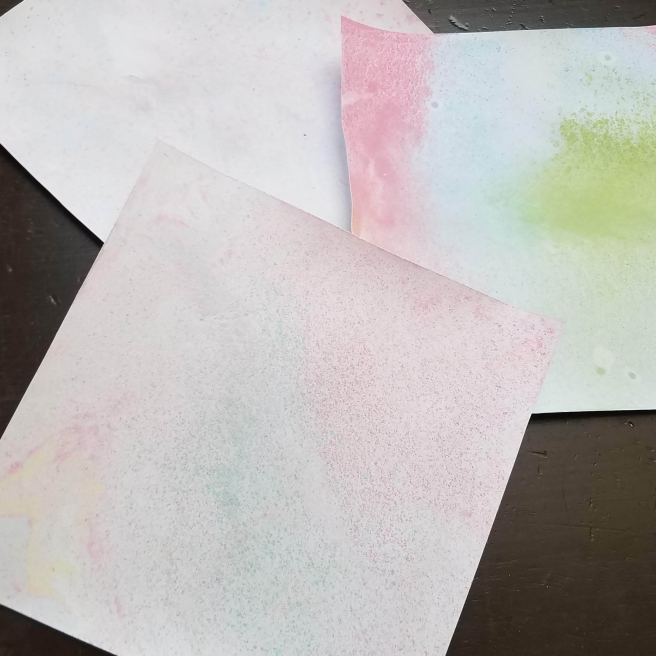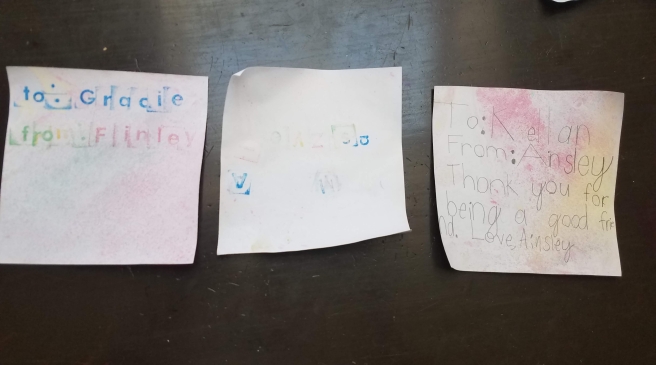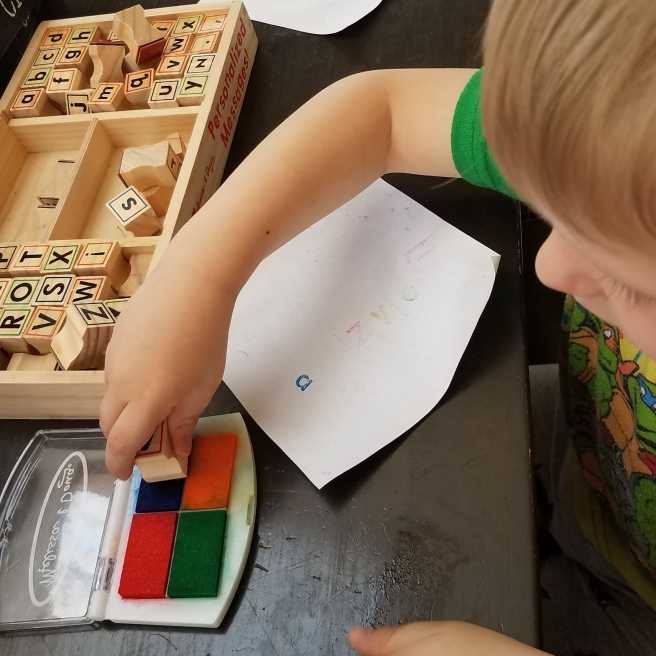Connections are important in almost any aspect of life, so why not focus on connections in literacy too? Teaching our students to make text-to connections builds comprehension, engagement, and enjoyment in reading. I don’t know about you, but when I feel connected to the character, setting, or situation within a story my engagement and enjoyment in the story are immediately increased. Use the following tips to teach students to make connections while they read in these three areas of connection building:
Text-to-Self
Luckily, each of these types of connections are defined in their titles. A text-to-self connection is when a connection is made between something in a piece of literature and a personal attribute or experience of the reader.
Examples: It could be a shared character trait between the reader and a character in the book. The setting of the story may take the reader back to a time when they were in a similar location. The reader may have a similar life experience to one of the characters within the story.
We want our students to notice these connections and ultimately use them to increase their comprehension of what is taking place in the story.
Text-to-Text
Text-to-text connections happen when something from one book makes you think of something from another book. For example, my two year old has noticed that there are raccoons in a hole in a tree in both “I am a Bunny” by Richard Scarry and in “Little Blue Truck” by Alice Schertle. What a simple element to notice between these two books, but this is the beginning of these text-to-text connections! This is exciting as a teacher and a parent, and these connections need to be nourished. While you read with your students/children, aid in pointing out these similar elements across familiar books and experiences. Then, sit back and watch your kiddos do the same!
Text-to-World
When a connection is made between something going on in the world around you and in the book you are reading, an instant interest is peaked. These connections are labeled as text-to-world connections and should be fostered in our young readers. As a former fifth grade teacher in the beautiful state of Missouri, I use to read “Night of the Twisters” by Ivy Ruckman in April or May each year – tornado season. I would use this as an interdisciplinary unit to work in science on tornadoes, tornado safety, poetry as we wrote tongue-twisters (see what I did there??), and various other content areas. Text-to-world connections can be found within the setting and content of a story through location, weather, events, etc.
Classroom Strategies:
Bookmarks: Have students keep text-to bookmarks with them while they read a book, for example this free bookmark template download: https://www.teacherspayteachers.com/Product/Text-To-Connections-bookmarks-4055927.
Post-It notes: Students can be given 3-6 Post-It notes with the goal of finding 1-2 of each type of connection while they read. They then are engaged in writing about the connection and placing the Post-It within the text.
Reflection Journals: Have students write about these types of connections specifically in their reflection journals after reading a story or text.
Teachers & Parents: While reading with students/children, model these connections! Say, “This makes me think of when….” or “I feel the same way when…” So our kiddos can also start making these connections while they read on their own. Feel free to share comments of how you integrate text-to connections when you read with your students or children at home!
Happy Connecting!
-Dr. Precise
